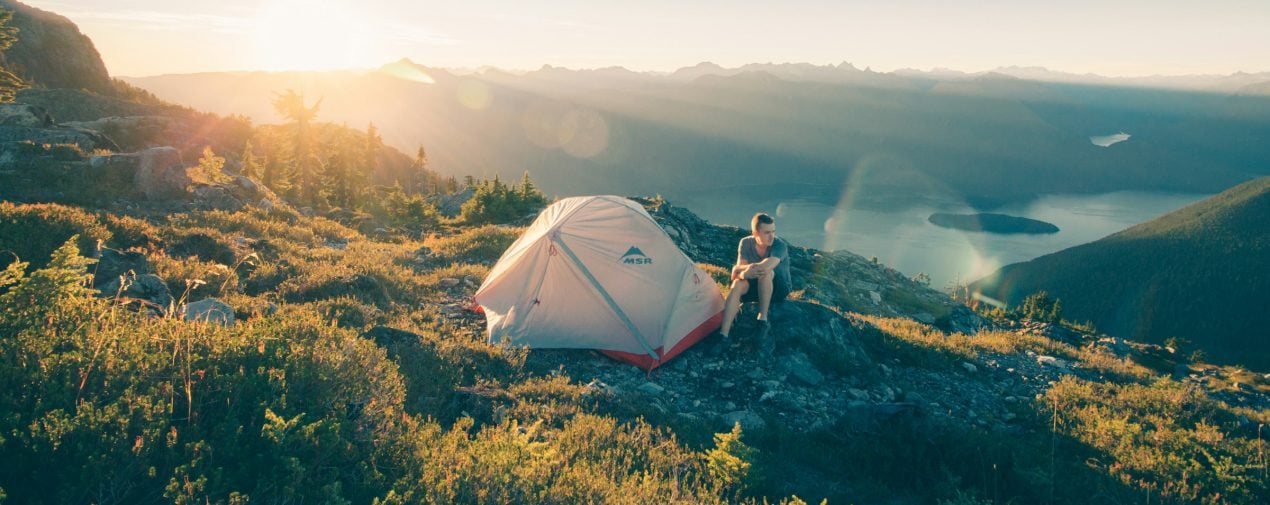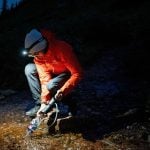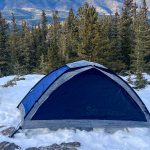6 Ways to be Prepared for Camping Emergencies
September is National Preparedness Month – a time for considering all the what-ifs and planning as if you knew they were going to happen. While preparedness is critical at home, it’s even more important when camping, as you’ll have fewer, different resources available. Make sure you’re ready for (just about) anything on your next camping trip with these six tips:
1. Consider Alternative Communication Methods
Plan for every camping trip as if you won’t have cell phone service.
Establish alternative ways to get in touch with loved ones and first responders should you ever need help. Many people use Personal Locator Beacons (PLBs) or satellite communicators (like the Zoleo Global Satellite Communicator) to reach the outside world. Some devices allow you to send brief text messages, like updating a partner on your location, while others can make phone calls from even the most remote locales.
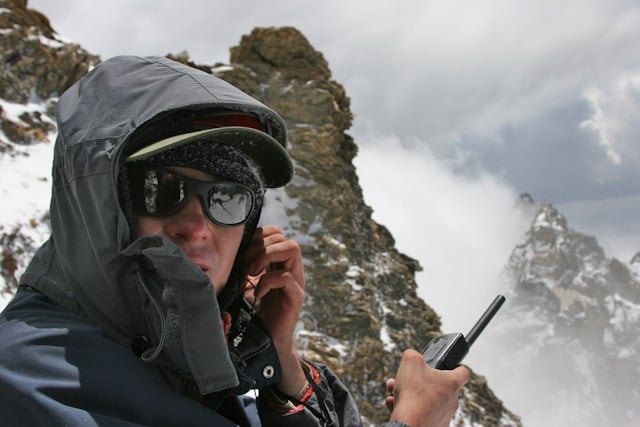
For those traveling together but not always in the same place, consider using two-way radios to communicate with one another. These devices have limited range, but can help you catch up with a trail buddy or find fellow paddlers further along your route. Plus, they’re super fun for those of us who grew up in the era of walkie-talkies!
2. Assess Risks Specific to Your Travel Area
Consider the environment when assessing what emergencies you may experience.
Heading into an area that’s prone to wildfires? Seek resources and information on fires before your trip. Establish who to contact if you smell smoke and need to know whether to reroute, like a local ranger station. Some areas have apps like Watch Duty that show fire danger and constantly update changing conditions. Be sure your device will have service to use these convenient sources on trail!
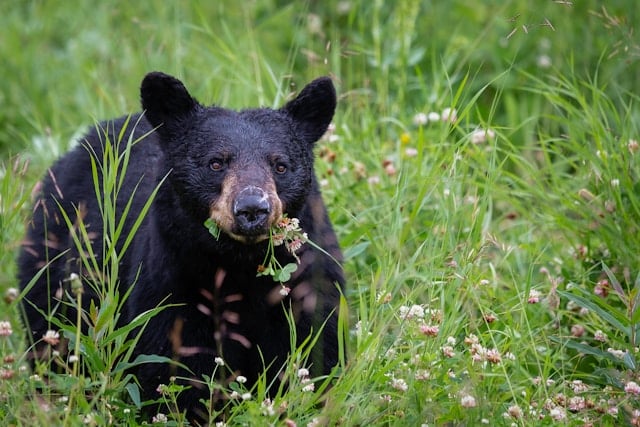
Before starting your trip, call Park Rangers, DNR staff, or outfitters serving in the region where you’re headed. Ask if there are any particular risks you should be on the lookout for, from too-friendly black bears looking for food to high water levels on a river you’re planning to cross. Use this information to assess your gear and route, and make necessary changes to promote safety, like bringing no-cook foods for drought-stricken areas with fire bans.
3. Bring a Personalized First Aid Kit
Pack a first aid kit with personalized medications and wound care to handle medical issues.
There are a lot of first aid kit options for campers, backpackers, and off-roaders. Purchase one appropriate for the number of people in your group for the number of days you’ll be out. Consider premade kits for specific activities, like boating or climbing, as they’ll have additional supplies to address injuries common during those activities.
Always customize your kit with prescription medications you’ll need. Many campers also add more over-the-counter painkillers like Advil or Tylenol, as many kits have minimal supplies. Consider adding tampons and menstrual pads regardless of group genders, as they’re helpful for nosebleeds and cuts as well as periods.
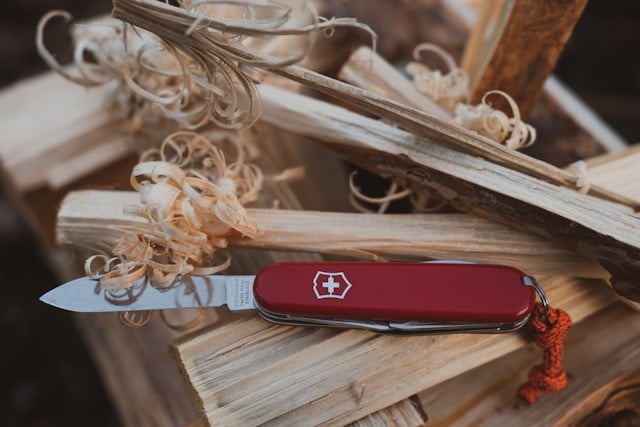
4. Take a Survival Class
Learn useful skills for any environment in case you need help with minimal resources.
Even if you are the most prepared you can be, you cannot control every aspect of your trip. Weather disasters, wild animal encounters, and other emergencies may pop up with little to no warning. Before a trip, consider attending classes on wilderness survival, navigation, or other useful topics to gain confidence in your abilities to handle whatever comes your way.
If you regularly recreate in specific terrains, seek out a course focused solely on survival in that area, such as avalanche safety or paddling technique lessons. At a minimum, consider taking a Wilderness First Aid class to learn to address medical emergencies in the field.
5. Leave a Detailed Itinerary
Always leave several people with copies of your itinerary.
It doesn’t matter if you’re “not going to be gone long” or “not going that far,” it’s always a good idea to let people know your plans. Write up at least a loose idea of which campsites you’ll stay at, trails you’ll hike, or waterways you’ll cruise along. Add what dates you’re leaving, when you intend to come back, and additional information like the names and emergency contacts of everyone in your group.
Talk with whoever you’re leaving the itineraries with to decide on a contact deadline. If you haven’t reached out to the person by that time, they should call authorities like park rangers, police, or other first responders to locate you and your group.
6. Pack Extras
Bring more essentials than you think you’ll need for emergencies or people in need.
The ultralighters of the world won’t like this one, but it’s one of the best ways to be prepared: Take a day or two of extra food, water treatment, clothing, hygiene items, and first aid kit supplies. You never know when you (or someone you meet!) may need them.
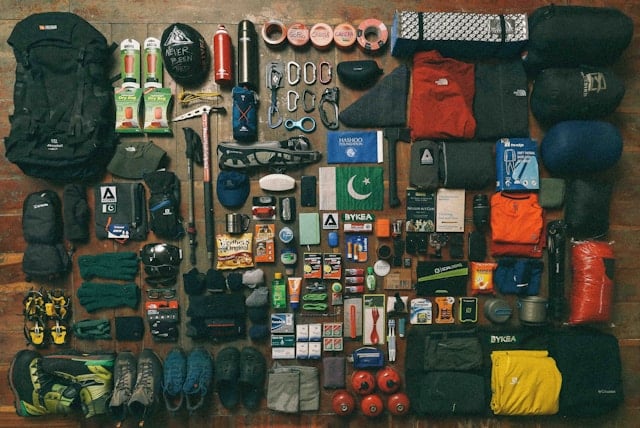
Decide on how much extra to take based on how far you’ll be away from resupplying, how many people are in your group, and how long you’ll be out. It’s easy to bring an extra granola bar on a multiple-hour hike or stash more toilet paper than you think you’ll need for a longer trip. You’ll be glad you packed extras should an emergency keep you out longer than expected.
Do you have emergency preparedness tips for camping? Share them below to help other community members be prepared for their next adventure!
About the Gear Tester

Hatie Parmeter
Hatie Parmeter (she/her) digs hiking, paddling, and yoga. She's a writer and editor in the outdoor industry and is working toward an MS in Clinical Mental Health Counseling. Soon, you'll find her teaching wilderness mental health resources for outdoor outfitters, guides, camps, and more. Bio image is by Lauren Danilek.

